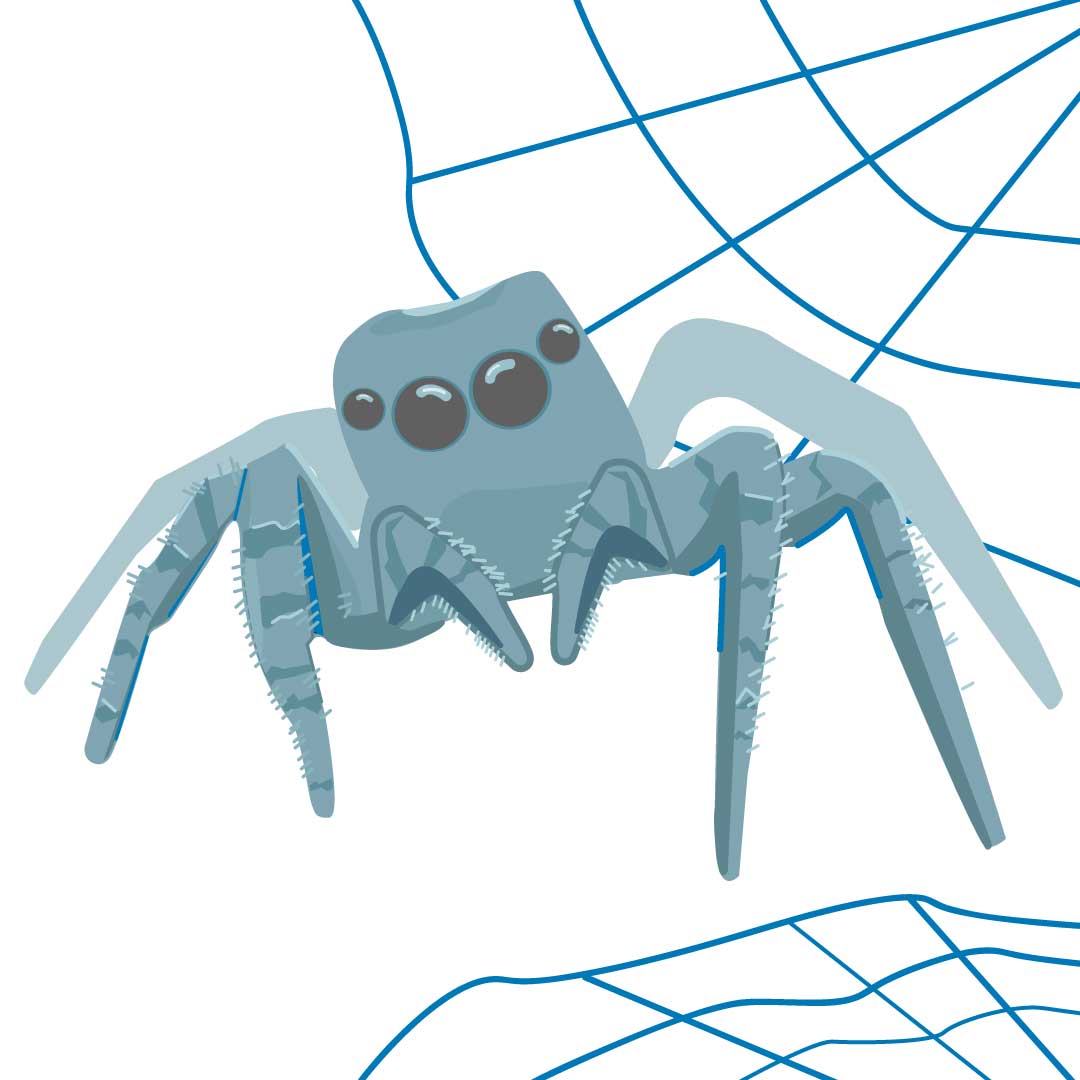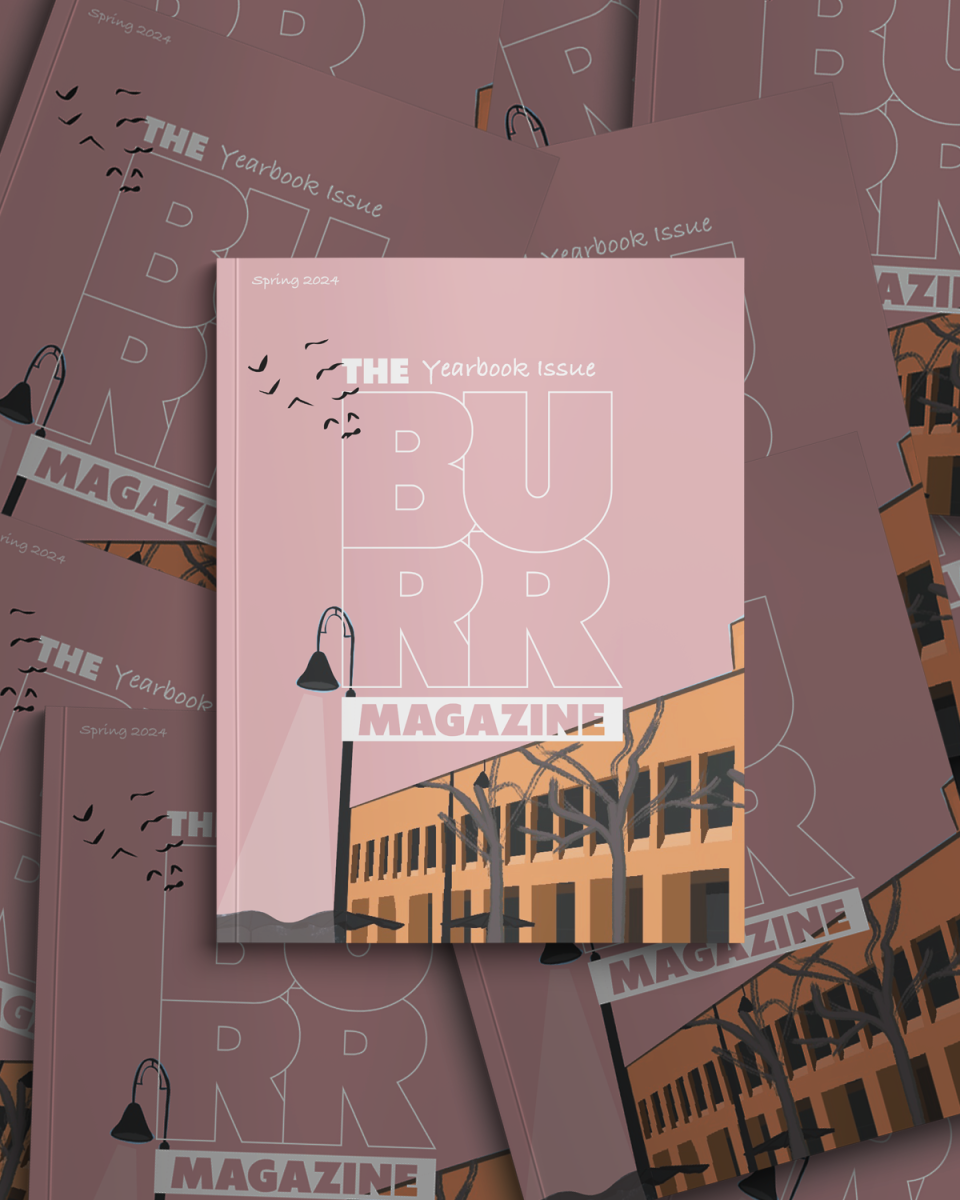The fashion industry has been surrounded by the concept of “fast fashion” for the past few years, but who is really finding out about the dangers of this industry?
Associate director and professor for Kent State’s School of Fashion Noël Palomo-Lovinski, is an example of a knowledgeable scholar who is invested in discovering what real sustainable fashion is.
When she started out as a fashion designer in New York City after pursuing her master’s degree, Palomo-Lovinski began thinking about the planet and what dangers the fashion industry brings to it.
But the issues go beyond what kind of fabric and pieces consumers are buying. They start at the beginning with the supply and value chain.
“It’s also about design responsibility, what our business structures in the value chain that help people hold onto their clothing, that’s called product service systems,” Palomo-Lovinski said.
Palomo-Lovinski recently submitted a research paper about the Sustainable Apparel Coalition, an organization focused on moving the fashion industry to sustainable practices through research.
The paper had a strong emphasis on the Higg Index, a textile life cycle assessment tool which measures the sustainability of the value chain. She elaborated on how and why designers do not know all the science associated with their textiles.
“Designers know what they know,” Palomo-Lovinski said “They don’t know the chemical makeup of a particular fabric, it’s not within their purview. Now, a textile scientist does, but Higg Index is really speaking to the scientists not the designers. The designer needs to be able to understand and connect.”
Much of her research in the past few years has been focused on opening communication between designers and textile scientists, so better decisions can be made in the industry across the board.
Although much of this is reliant on designers and textile scientists, consumers also play a large role in the industry.
When discussing the concept of sustainability in fashion, one of the first issues brought up is fast fashion.
Young adults take up a large percentage of fast fashion sales. In 2022, 72% of college students purchased from fast fashion companies.
“The thing is that people have to buy fast fashion.,” Palomo-Lovinski said. “They do because they don’t have enough money and most students don’t really get this, but demanding income equality, demanding equality in general, demanding a better way of living and voting in that direction helps sustainability in clothing.”
This concept pushes consumers to think about the root of the reason behind why they are buying so many pieces of clothing from these companies.
Encouraging her students to think deeper than the surface level issues is just one of the concepts she prioritizes.
Students can see how passionate Palomo-Lovinski is when she teaches about sustainability in the industry.
One of the classes she teaches is “Sustainable Fashion Thinking,” a newly required course for freshman fashion students.
“I think the class really puts into question what we think about fashion and how we produce it., ,” said first-year fashion design student Ethan Stoelt.“The way she breaks that down makes us look at every single part of it.
By teaching future designers about how to maintain sustainability, she is helping the planet one student at a time.
“We spend a lot of time like, ‘Yay! We got this new thing!’ because it answers something in our humanness,” Palomo-Lovinski said. “We can’t take that away from people, we just have to give them something better to spend their money and time on.”



























